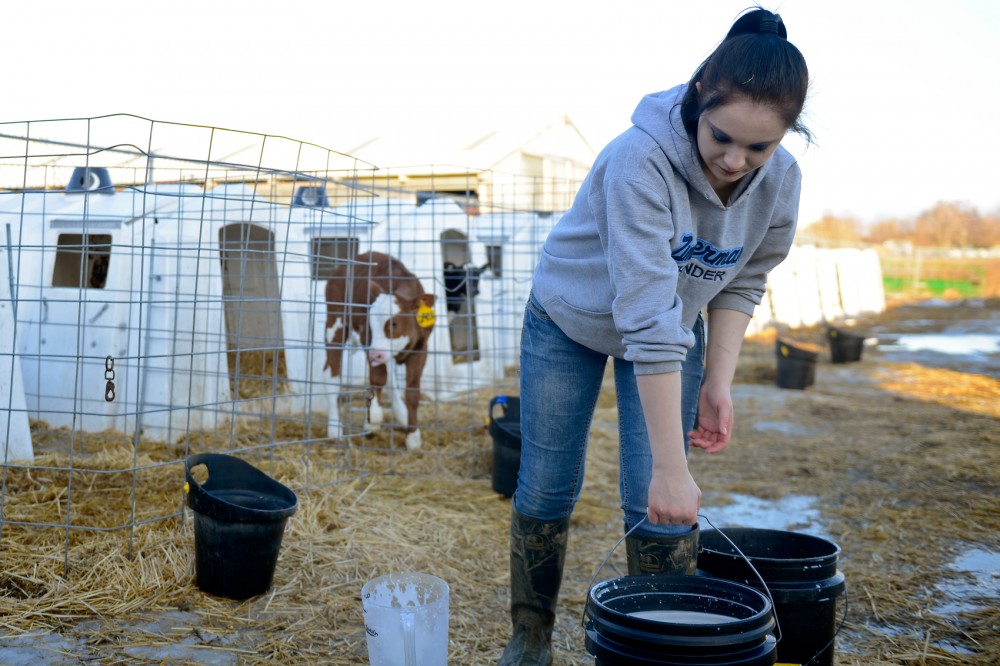A career in agriculture doesn’t necessarily require previous farm experience.
To address qualified worker shortages, youth groups and the University of Minnesota are working to educate students about the wide swath of careers in the agriculture industry.
About 120 middle and high school 4-H program students came to the University’s St. Paul campus last week for the inaugural Exploring Agricultural Career Day, part of a University push to teach youth about agricultural jobs. Visitors filled surveys, joined an expert panel discussion and toured the campus.
“We know that we’re not preparing our young people enough to understand the variety of careers that there are in agriculture,” said Colleen Sanders, program leader for University of Minnesota Extension. “We’re really excited about the interest that people have.”
The event was a pilot to show how other campuses in the region can connect young people to higher education opportunities in agriculture, Sanders said.
The percentage of Americans who grew up on farms has dropped drastically in the past 70 years, said Extension Specialist Josh Rice.
Some students who go into agriculture have never handled cows or other farm animals before.
“We see a lot more urban kids going into agriculturally related careers because agriculture encompasses so many different jobs that are available, whether it’s marketing, distribution, processing or the scientific aspect,” Rice said.
According to a U.S. Department of Agriculture 2014 survey, 10 percent of American farmland — about 91.5 million acres — is expected to change hands by 2019, and an increase in technology integration and advancements has also increased need for education, Rice said.
“We’re really trying to encourage [youth] to see what stuff they should need to be taking now that can help them get into college or trade school and into a career that they’re interested in,” he said. “If we want kids to be able to take over those farms and to enter into the ag businesses industry, we need to give them relevant, hands-on experiences.”
According to the Bureau of Labor Statistics, there are 25,700 new jobs in agriculture management and business each year, as well as 14,600 in science and engineering, many of which affect Minnesota.
The ag career day is part of a bigger vision. Five years ago, regional agriculture companies found they didn’t have a ready field of future workers from universities, said Dorothy Freeman, associate dean of Extension Center for youth development and state 4-H director.
“We at 4-H needed to create opportunities,” Freeman said. “We want 70 percent of our young people that come through the 4-H program to aspire and or be ready to go onto higher education.”
While the youth group has spread into many areas like robotics and engineering, she said, 4-H has always been tied to agriculture.
Freeman said the career fair is the first step to finding and understanding agriculture careers, along with the impact agriculture has on daily life.
“When you really think about it you can’t do anything without agriculture, including brushing your teeth,” she said.
The ag career day is a good way for young people to explore different careers before going to college and spending thousands of dollars,
Freeman said.
“Young people don’t come out of college anymore thinking that they’re going to work in a very defined box,” she said. “They come out college thinking they’re going to work the world.”


